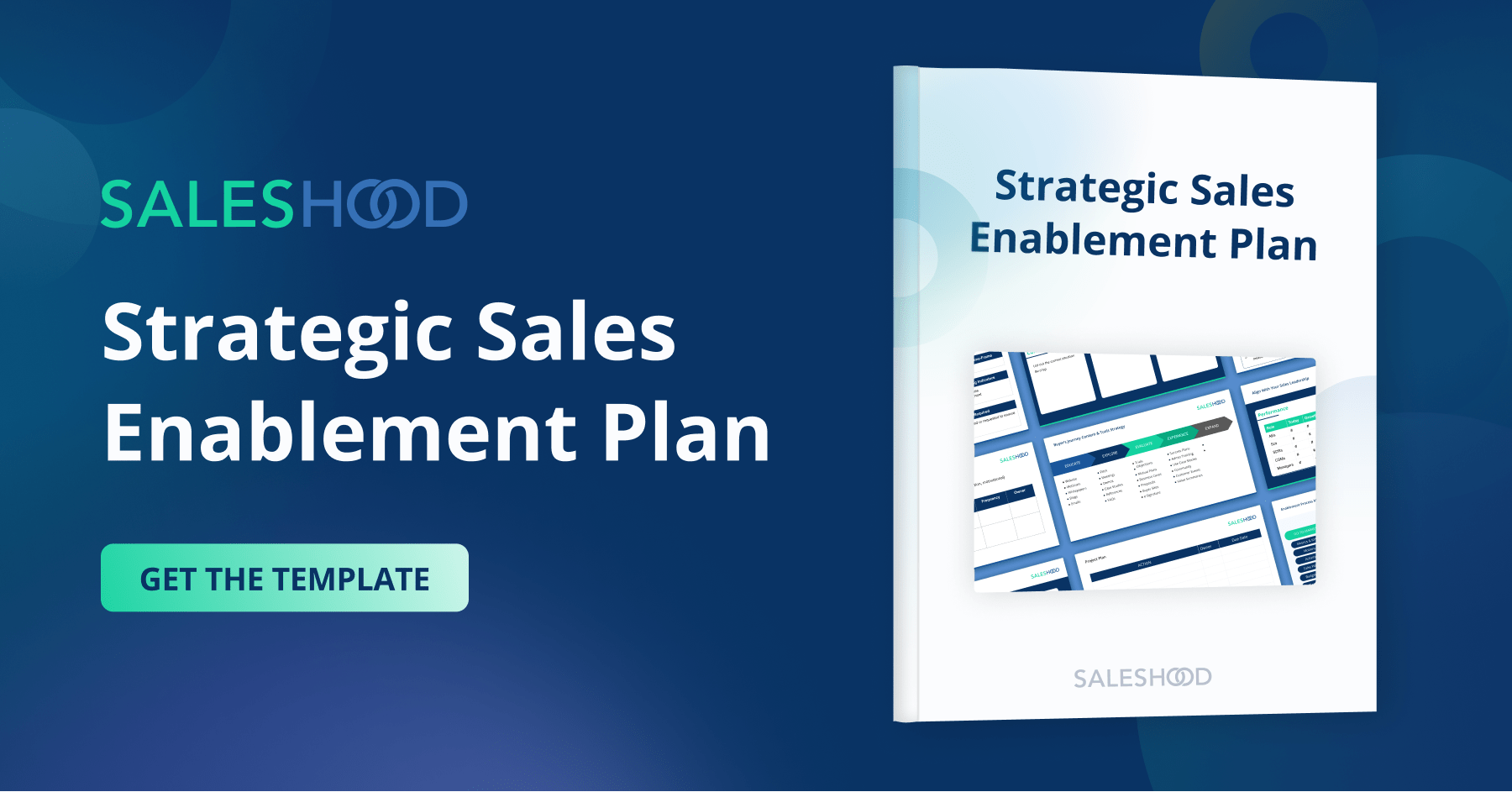Investing time to do account planning by building relationships and developing account strategies is time well spent, especially when you’re doing it with the right accounts, the right mind-set, the right process, and the right team. Account planning isn’t something you need to do with every account you’re selling to or in every segment; for example, it’s unlikely that you’ll drive a strategic account-planning program in your small business segments. On the bigger accounts, though, this is a mandatory practice. For the most part, sales executives do account planning opportunistically rather than being proactive.
Everyone has heard about account planning as a sales skill and a management coaching tool, but most have not heard salespeople say it has changed their careers. Strategic account planning is a way of thinking, and when it becomes part of a sales team’s rhythm, it can result in business outcomes that far exceed expectations.
Account Planning Mindset
The Zen Buddhist concept of the “beginner’s mind” is something everyone should pick up before they begin diving into the creative side of sales strategy and account planning. The saying goes, “In the beginner’s mind there are many possibilities; in the expert’s mind there are few.” This is such a great
concept for taking a fresh look at a familiar situation. Suggest to each new salesperson you hire and anyone wanting to kick-start their creative juices that he or she read Zen Mind, Beginner’s Mind by Shunryu Suzuki. The notion of a “beginner’s mind” also helps a team get out of a rut on an account that may have had zero revenue growth. Account teams sometimes continue to focus on the same strategies, the same executives, and the same value propositions with their accounts. You can use the “beginner’s mind” philosophy to shake the proverbial tree with some of your accounts. A winning sales culture uses account planning to think bigger.
Account Planning Process
There are many different processes out there to help align your sales teams and shape the right behaviors. While all the account-planning methodologies vary a bit, fundamentally they are grounded in similar principles. Regardless of which account-planning process works for you, remember to keep it simple and be consistent. Here is an account planning process that is proven to deliver revenue fasts.
Step 1: Do Research
Follow your sales research best practice principles. Make sure you are clear on expectations for the research your salespeople should be doing on their accounts. There might be some unique best practices that have emerged as critical to developing an account strategy with other accounts at your company. Use all the resources at your disposal and share research secrets to help your teams get to the information they need, faster.
Step 2: Build Department or Business-Unit Maps
One of the most valuable exercises I was introduced to was one where, for any given account, you identify what you know and what you don’t know. For this exercise, find a big whiteboard or use technology to capture the information in real time. List out the divisions and departments, and then start marking what you know and what you don’t know about each one. Some of the dimensions of the business-unit or department analysis include number of employees, revenues, profitability, growth trends, top executive, last contact with the top executive, executive top priorities, and top corporate initiatives.
Step 3: Create an Account-Based Strategy
Use the analysis conducted in the business-unit “white-boarding” brainstorm session to build an account strategy. Focus on areas where there is great alignment between pain and solution impact. Write an account vision statement together as a team.
Step 4: Build a Political Influence Map
A critical part of every account plan is the organizational influence map. Know where power is. Know who are your “friends” and who are not. Visualize and create the political map of the buyer’s organization. Identify the right people, gain access, and develop support to give you a competitive advantage to win. Create executive profiles that include buyer roles like decision maker, evaluator, approver, influencer, and business user. Identify their status whether they are a supporter, mentor, neutral, non-supporter, or enemy.
Step 5: Create a Team-Based Action List
Without action there are no results. I have seen many teams develop and assemble amazing account strategies but miss capturing the necessary actions—the to-do list. Keep a running list of action items. Assign owners, and remember: The salesperson shouldn’t own all the actions. The salesperson’s job is to drive the strategy, owning some of the actions but mainly quarterbacking the activity and the deal.
Step 6: Meet Regularly as a Team
Make sure everyone walks away with a clear set of expectations around goals, actions, and deliverable dates. Set a regular cadence
for meeting. Have a team check-in meeting at a frequency that is acceptable to the team. Keep these check-in meetings very focused and action oriented. Don’t try to do everything in one meeting. Instead, setting up more frequent meetings will increase account- ability and results.
Step 7: Convert Strategies into Qualified Opportunities
As the strategies are put into action, nurture a culture that holds people accountable. Ask the tough questions when the sales team comes together. Once the executive interactions and conversations happen and pain is identified and validated, shift the focus to managing an opportunity. There is a point, once an opportunity is identified and qualified, when the actions created from your account-strategy work shift to sales process work. These kinds of accomplishments are great motivators for the team to create their own qualified opportunities by being strategic with their accounts.
Step 8: Review Account Strategy
Remind the teams that iteration and agility are principles that pay good dividends. Don’t fear changes in account strategy when new information is discovered. Be agile and be open to an account strategy that evolves with market conditions, mergers and acquisitions, and organizational changes inside your accounts.
Strategic account planning should be recognized as a differentiator and value creator, not an administrative chore completed once a year. Make it be part of the rhythm of your business. Engage a broader team to brainstorm new account strategies. Keep the team accountable with the strategies and actions created in the planning sessions. Reach out to us if you want to help bring this process to life with your sales and account teams. Click to schedule a meeting with us and see a demo of how we help improve your account planning process.



